Installing a farmhouse sink, also known as an apron front sink, involves a specific set of steps. Here's a general guide to help you through the process:
Materials and Tools:
- Farmhouse sink
- Sink base cabinet
- Countertop
- Adjustable wrench
- Screwdriver
- Silicone caulk
- Brackets (if provided with the sink)
- Support brackets (if needed)
- Plywood or support structure for the sink
Installation Steps
Measure the dimensions of your farmhouse sink and the sink cabinet. Ensure that the sink will fit comfortably within the cabinet space.
Some farmhouse sinks require modifications to the sink cabinet to accommodate the apron front. Cut out the front portion of the cabinet according to the sink's specifications.
If your sink is heavy, you may need to create a support structure. This can involve adding plywood or support brackets inside the cabinet to bear the weight of the sink.
Some farmhouse sinks come with support brackets. Install these according to the manufacturer's instructions. They are often used to secure the sink to the cabinet.
Carefully lower the farmhouse sink into the cabinet, making sure the apron front is properly aligned. The sink may rest on the support structure you've created.
Adjust the position of the sink to ensure it is centered and level. You may need assistance with this step, as farmhouse sinks can be heavy.
Use the provided clips or brackets to secure the sink to the cabinet. Follow the manufacturer's instructions for the specific model you have.
Install or reinstall the countertop around the farmhouse sink. The countertop should be cut to fit around the sink, leaving the apron front exposed.
Run a bead of silicone caulk along the edges where the sink meets the countertop. This helps create a watertight seal and prevents water from getting under the sink.
Connect the plumbing, including the drain and faucet, according to the manufacturer's instructions. This may involve attaching the sink strainer, P-trap, and connecting water supply lines.
Turn on the water and check for any leaks. Make sure the plumbing is secure and that water doesn't escape from the sink or connections
Complete any additional steps specified by the sink manufacturer. This may include applying a protective coating to the sink or making final adjustments.
Always refer to the specific instructions provided by the manufacturer of your farmhouse sink, as installation requirements can vary. If you're not comfortable with the installation process, consider hiring a professional plumber or installer to ensure a proper and secure fit.
Farmhouse sink
A farmhouse sink, also known as an apron front sink, is a type of kitchen sink that has a large, exposed front panel that extends past the edge of the countertop. This design feature allows the sink to be a focal point in the kitchen and is a characteristic element of traditional and modern farmhouse-style kitchens. Farmhouse sinks come in various materials, sizes, and styles, making them a popular choice for homeowners looking to add a touch of rustic or country charm to their kitchen.
Key features and characteristics of farmhouse sinks include:
- Apron Front Design:
- The most distinctive feature of a farmhouse sink is its apron front, which is a visible and often decorative panel that extends beyond the edge of the countertop. This design allows for easier access to the sink and gives it a unique, standalone appearance.
- Materials:
- Farmhouse sinks are available in a range of materials, including fireclay, porcelain, stainless steel, copper, and cast iron. Each material has its own set of characteristics, durability, and maintenance requirements.
- Sizes:
- Farmhouse sinks are typically larger than standard sinks. They come in various sizes to accommodate different kitchen needs, from single-bowl to double-bowl configurations.
- Installation:
- Farmhouse sinks can be installed in different ways, such as undermount, flush mount, or raised slightly above the countertop. The installation method depends on the specific design of the sink and the preferences of the homeowner.
- Versatility:
- While farmhouse sinks are often associated with traditional or rustic kitchens, they can also be incorporated into modern and contemporary kitchen designs. The variety of materials and styles available allows for versatility in matching different kitchen aesthetics.
- Maintenance:
- The maintenance of a farmhouse sink depends on the material. For example, fireclay sinks are known for their durability and resistance to stains, while copper sinks may develop a natural patina over time. Regular cleaning and proper care are essential to maintain the sink's appearance.
- Cost:
- The cost of farmhouse sinks varies based on the material, brand, and size. Some materials, such as fireclay, may be more expensive than others. It's important to consider both the initial investment and long-term durability when choosing a farmhouse sink.
Farmhouse sinks have gained popularity not only for their practicality but also for their aesthetic appeal. Whether you're aiming for a traditional farmhouse kitchen or a more modern look, a farmhouse sink can be a striking and functional centerpiece in your kitchen design.
Sink base cabinet
A sink base cabinet is a type of kitchen cabinet specifically designed to accommodate a sink. It provides support for the sink, houses plumbing connections, and offers storage space beneath the sink. Sink base cabinets come in various sizes and configurations to fit different sink types and kitchen layouts.
Key features and considerations for sink base cabinets include:
Size and Dimensions:
Sink base cabinets are available in standard kitchen cabinet sizes. The dimensions can vary based on the size of the sink and the specific needs of the kitchen design. Common widths range from 24 inches to 42 inches or more.
Construction and Materials:
Sink base cabinets are typically constructed from wood or engineered wood products. The materials used should be resistant to moisture, as sink cabinets are exposed to water and potential spills. Some cabinets have water-resistant finishes or features to enhance durability.
Design and Configuration:
The design of a sink base cabinet accounts for the type of sink being installed. It may have a false drawer front that accommodates the sink's apron front, providing a seamless appearance. The interior is designed to house plumbing and may have a cutout in the back to facilitate easy installation.
Accessibility and Storage:
Sink base cabinets are designed to maximize the use of space beneath the sink. They often feature a pull-out tray or shelving to provide convenient storage for cleaning supplies, dish soap, and other items. Some cabinets may have a tilt-out tray in front of the sink for storing sponges or scrub brushes.
Ventilation and Maintenance:
Adequate ventilation is crucial to prevent moisture-related issues like mold or mildew. Some sink base cabinets have built-in ventilation features to promote air circulation and facilitate easy cleaning.
Adjustable Shelves:
To accommodate different plumbing configurations or garbage disposal units, many sink base cabinets come with adjustable shelves. This allows for flexibility in organizing the cabinet space according to individual needs.
Installation Considerations:
Sink base cabinets need to be installed securely to support the weight of the sink and withstand the stresses of everyday use. It's essential to follow the manufacturer's instructions for installation and, when needed, consult a professional installer.
Sink Type Compatibility:
The type of sink you choose will determine the specific requirements for the sink base cabinet. For example, an undermount sink will have different installation needs than a drop-in or farmhouse sink.
When selecting a sink base cabinet, consider the overall design of your kitchen, the type of sink you plan to install, and your storage needs. Choosing a quality cabinet that complements your kitchen's style and provides efficient storage will contribute to the functionality and aesthetics of your kitchen space.

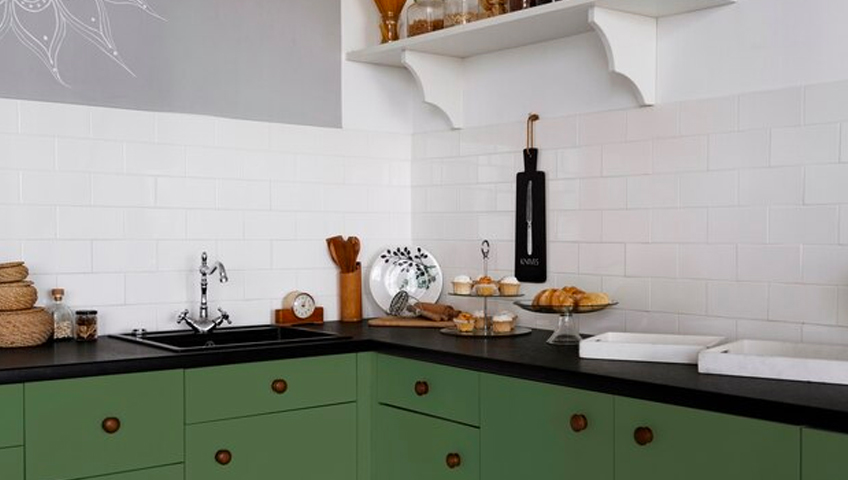

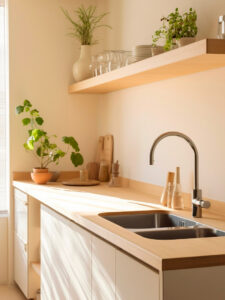
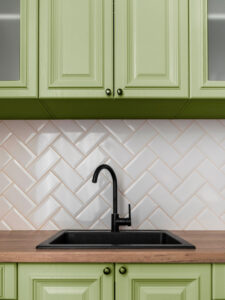
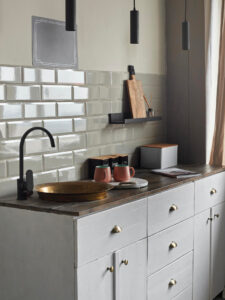
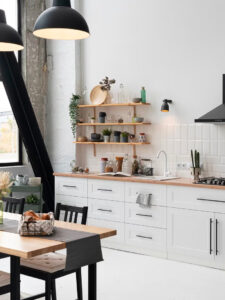
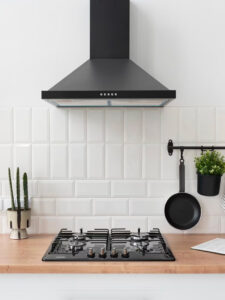



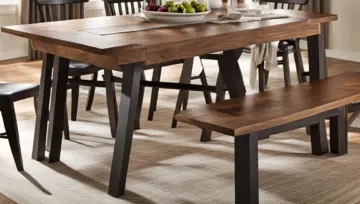
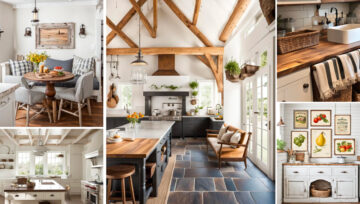
Write a Comment